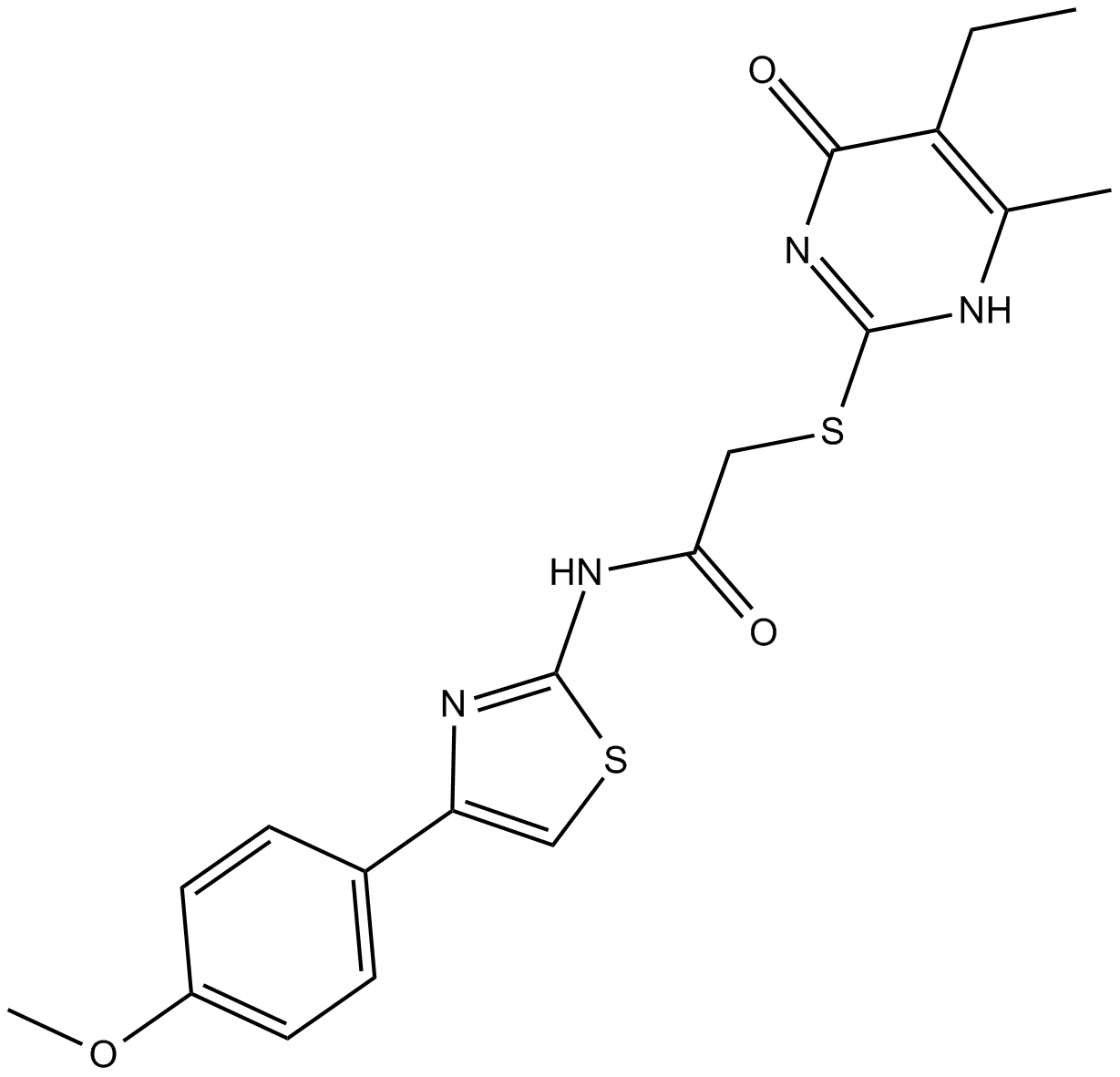Chloride Channel
Chloride channels represent a relatively under-explored target class for drug discovery as elucidation of their identity and physiological roles has lagged behind that of many other drug targets. Chloride channels are involved in a wide range of biological functions, including epithelial fluid secretion, cell-volume regulation, neuroexcitation, smooth-muscle contraction and acidification of intracellular organelles. Mutations in several chloride channels cause human diseases, including cystic fibrosis, macular degeneration, myotonia, kidney stones, renal salt wasting and hyperekplexia. Chloride-channel modulators have potential applications in the treatment of some of these disorders, as well as in secretory diarrhoeas, polycystic kidney disease, osteoporosis and hypertension.
Chloride channel accessory proteins, also known as calcium-activated chloride channel regulators (CLCA proteins), are a family of transmembrane proteins that have been suggested to have a role in chloride conductance in epithelial cells.
Targets for Chloride Channel
Products for Chloride Channel
- Cat.No. Product Name Information
-
GC19021
Adjudin
Adjudin is an extensively studied male contraceptive with a superior mitochondria-inhibitory effect.
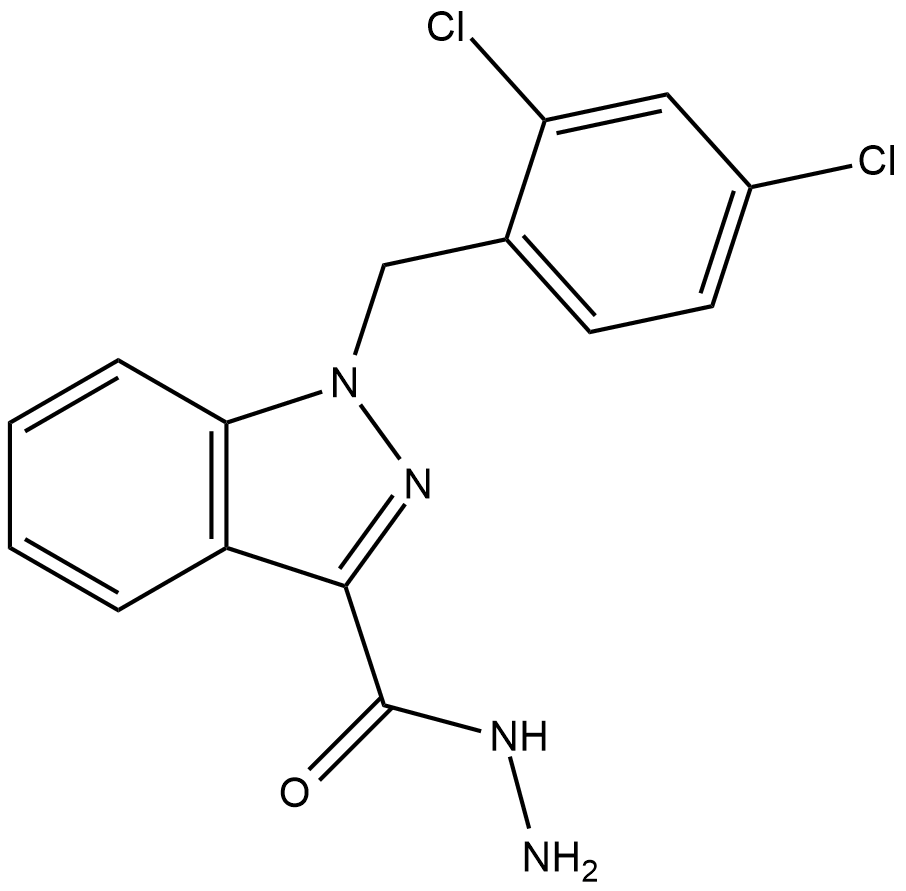
-
GC46086
Ani 9
An inhibitor of ANO1
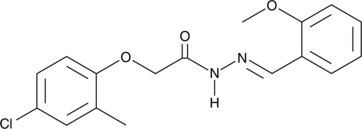
-
GC14768
CaCCinh-A01
calcium-activated chloride channel (CaCC) inhibitor
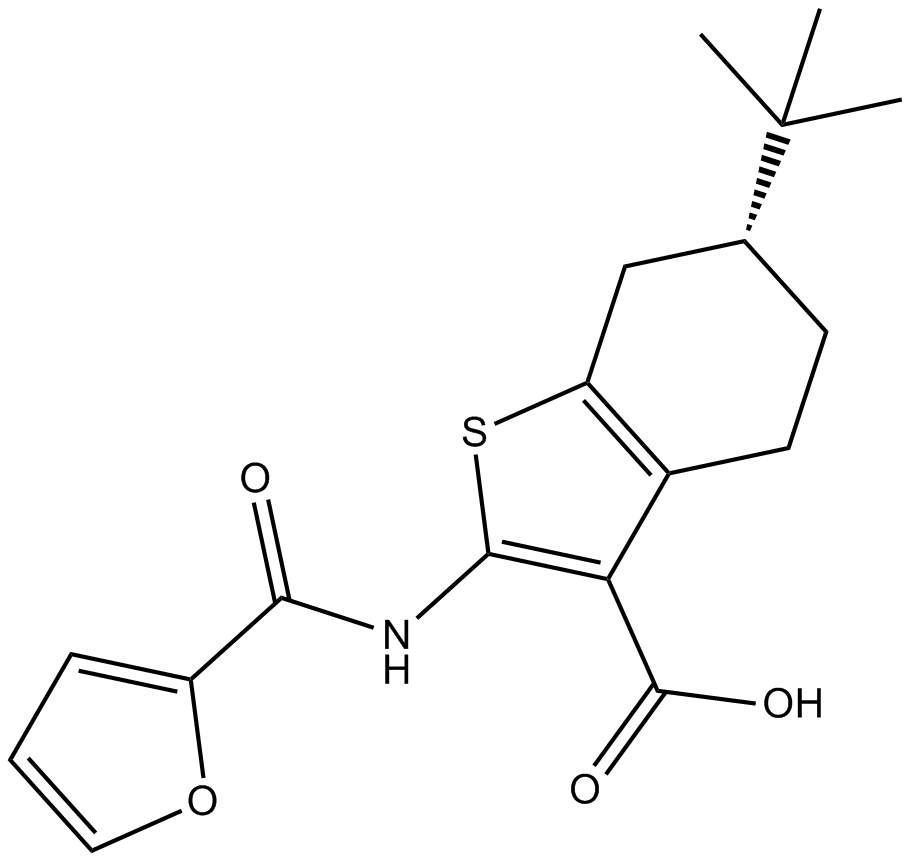
-
GC33024
Chlorotoxin
Chlorotoxin is a 36 amino-acid peptide from the venom of the Israeli scorpion Leiurus quinquestriatus with anticancer activity. Chlorotoxin is a chloride channel blocker.
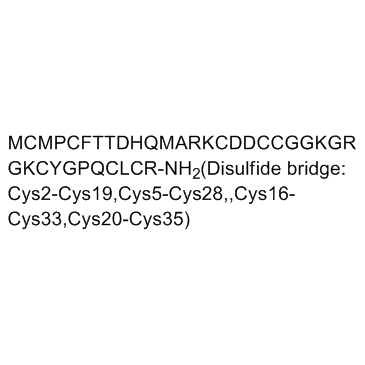
-
GC38498
Chlorotoxin (TFA)
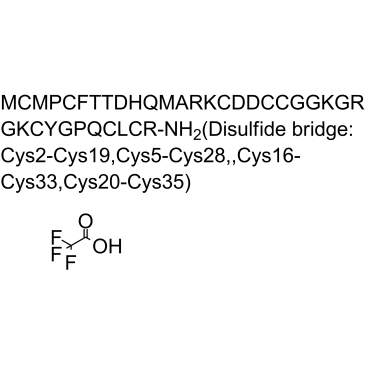
-
GC14073
DCPIB
volume-sensitive anion channel (VSAC) and and ICl,swell blocker
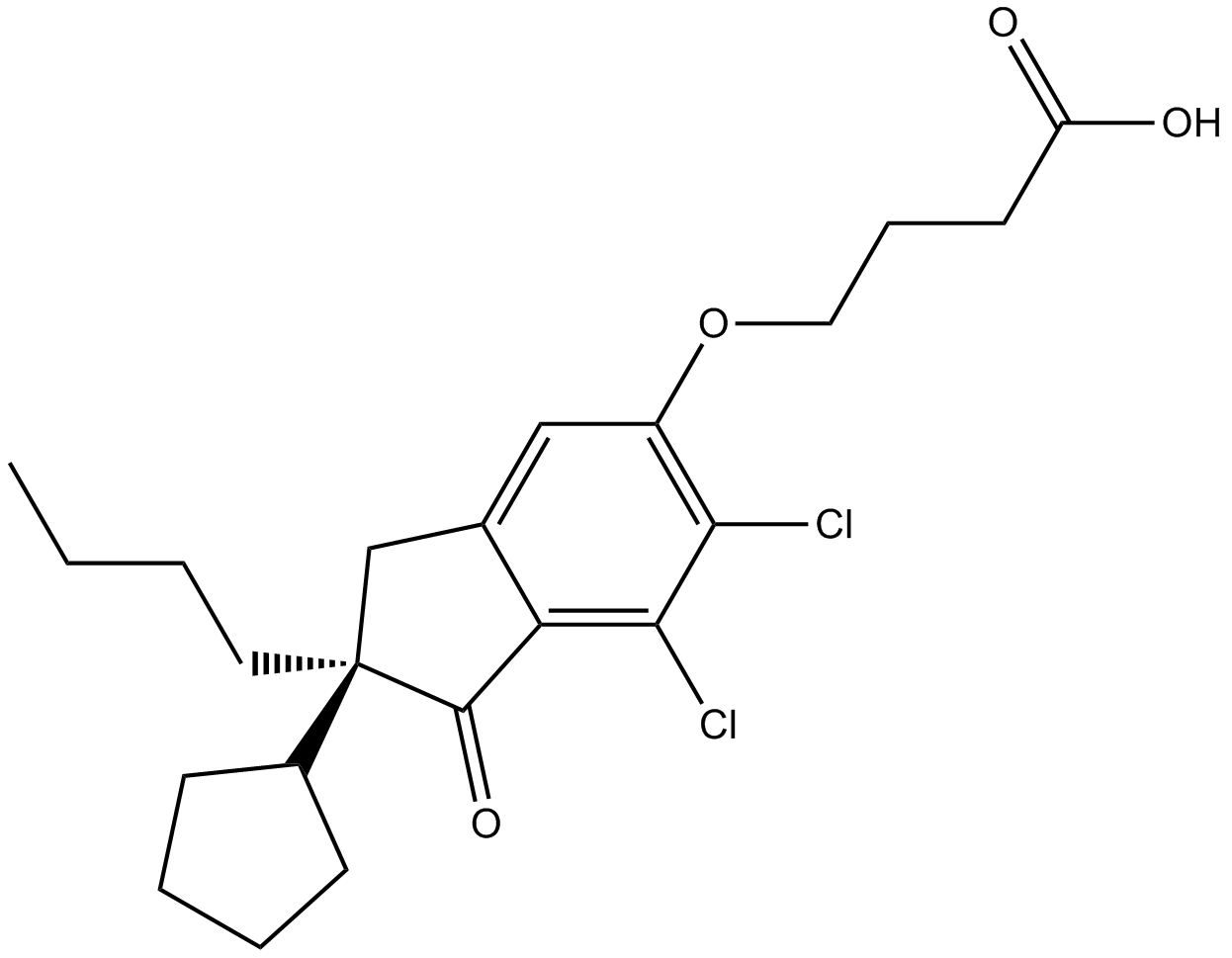
-
GC18142
Eact
TMEM16A (ANO1) calcium-activated chloride channel (CaCC) activator
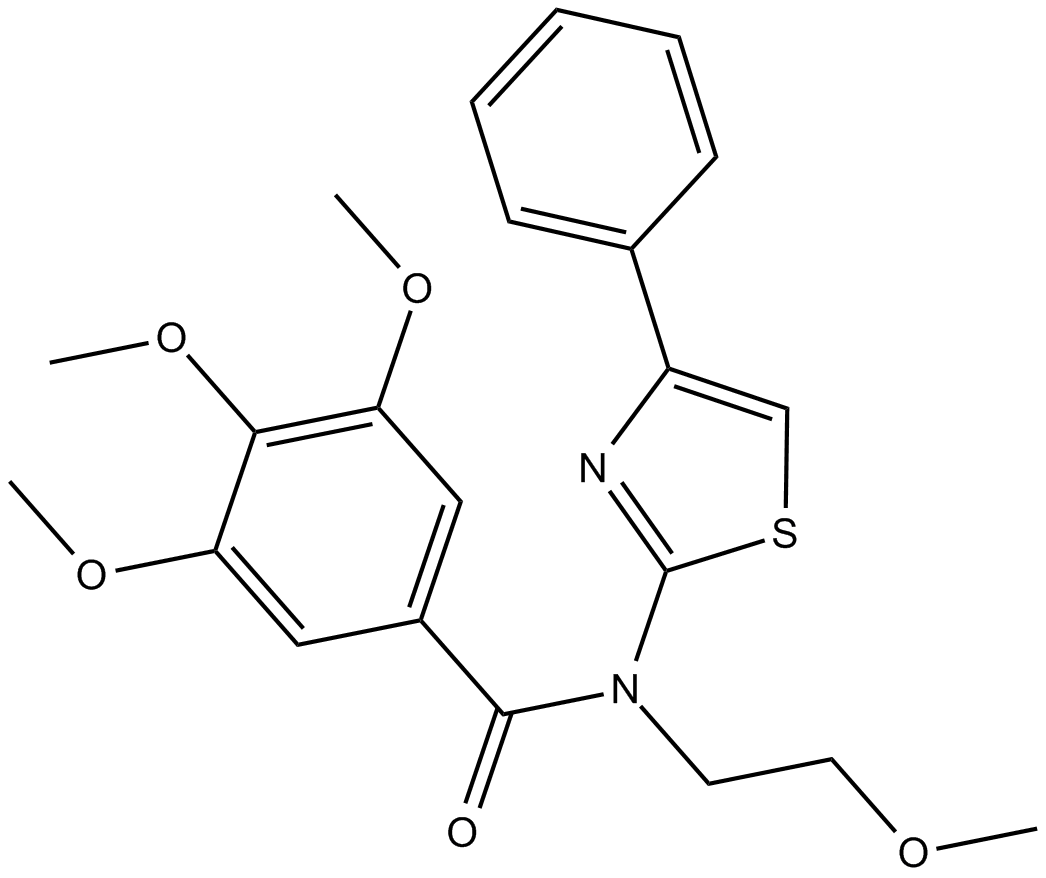
-
GC34574
Endovion
Endovion (NS3728) is a pharmacological anion channel inhibitor (like chloride channel) and the specific VRAC/VSOAC blocker.

-
GC60834
Fenamic acid
Fenamic acid (N-Phenylanthranilic acid, NPAA) is an orally active chloride channel blocker.
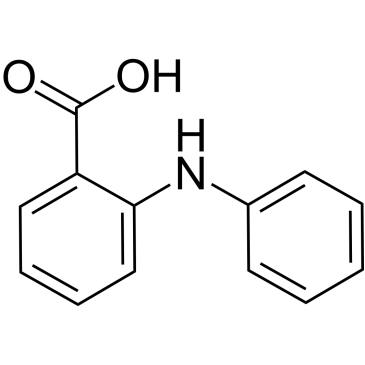
-
GC13466
Flufenamic acid
TRPC activator
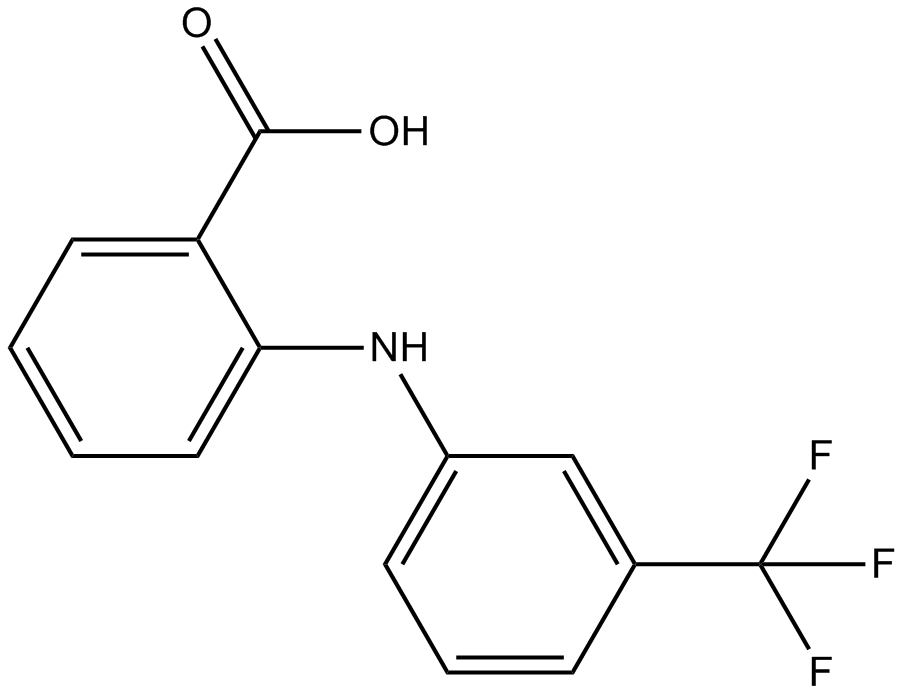
-
GC30555
H100
H100 is a Cl- transport inhibitor, with partial effects against both the NaK2Cl cotransporter and the Band 3 anion exchanger, but no effect against KCl cotransporter, in human erythrocytes.
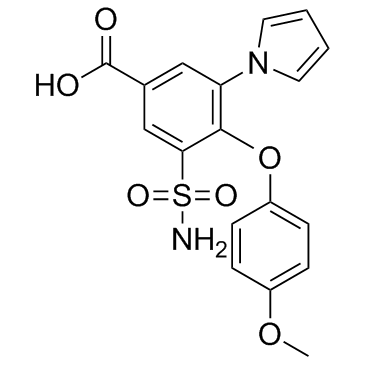
-
GC15308
IAA-94
IAA-94 (R(+)-Methylindazone) is a potent indanyloxyacetic acid blocker of epithelial chloride channels.
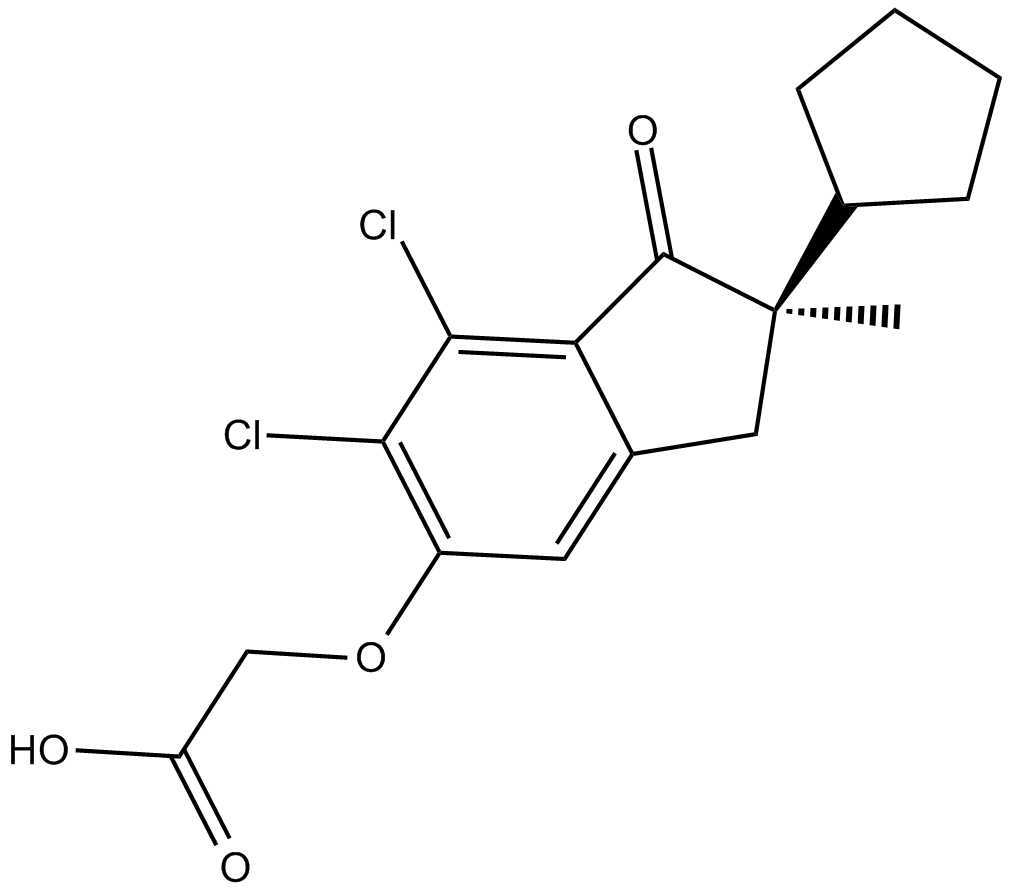
-
GC63514
Irisolidone
Irisolidone is a major isoflavone found in Pueraria lobata flowers.
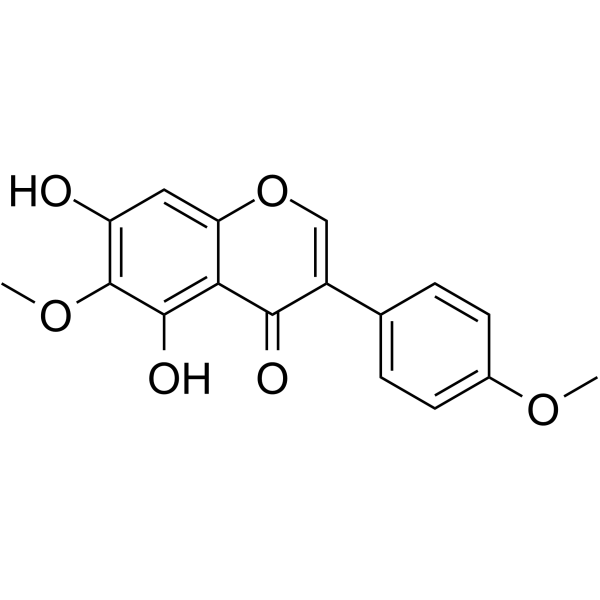
-
GC16890
Lubiprostone
activator of ClC-2 chloride channels
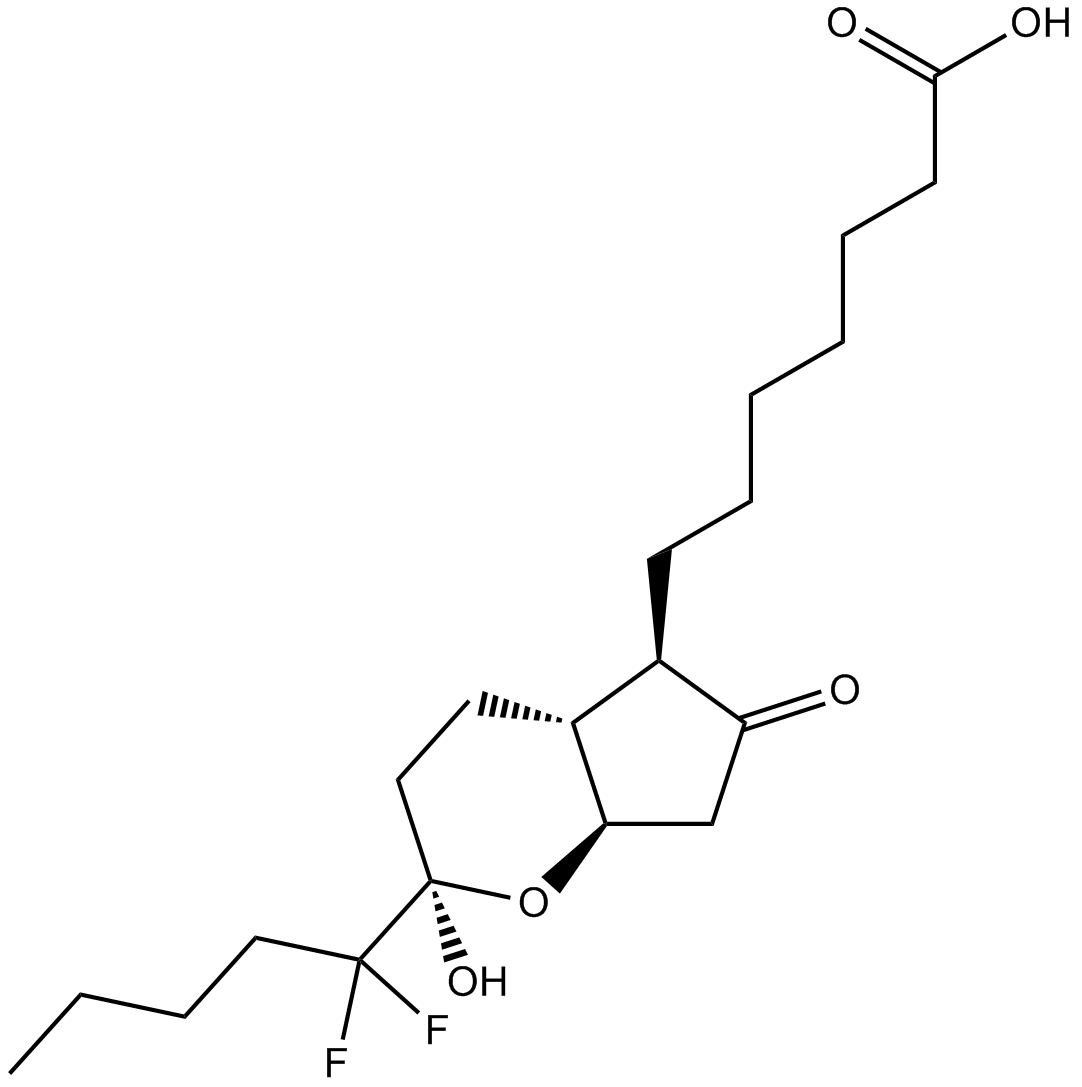
-
GC11069
Meticrane
Peripheral-type benzodiazepine receptor (PBR) inhibitor

-
GC18358
MONNA
MONNA is a selective inhibitor of anoctamin-1 (ANO1; IC50 = 0.08 uM in Xenopus oocytes), a calcium-activated chloride channel (CaCC).
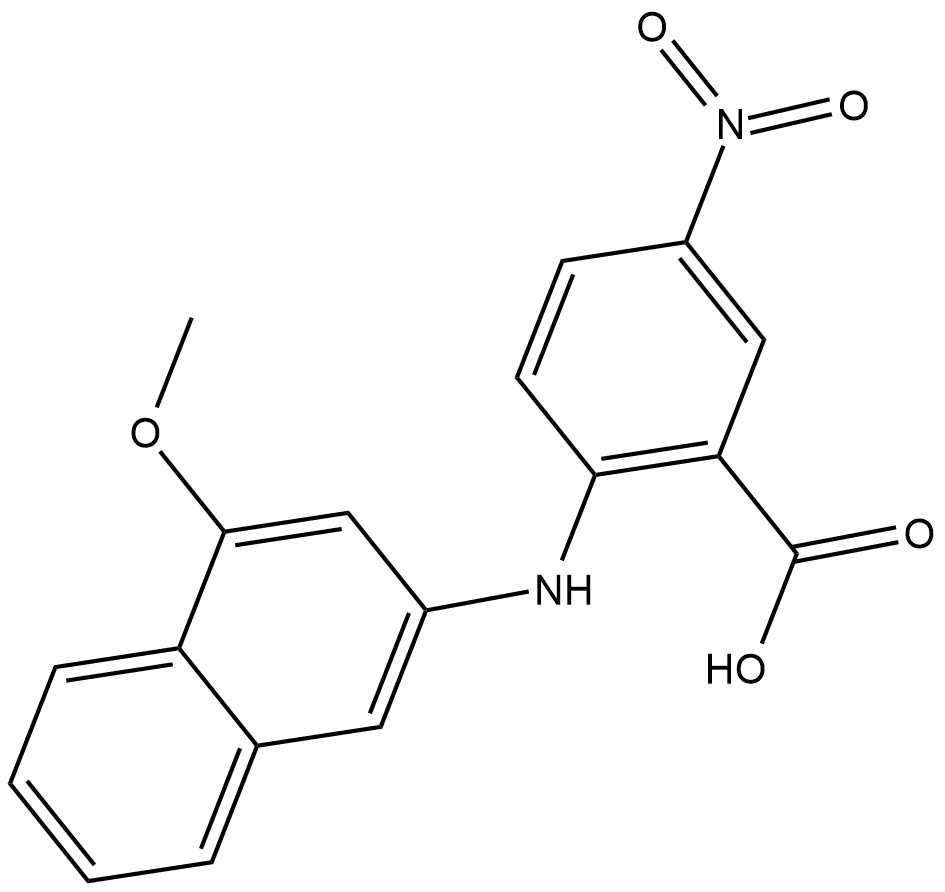
-
GC16564
Niflumic acid
Ca2+-activated Cl- channel blocker
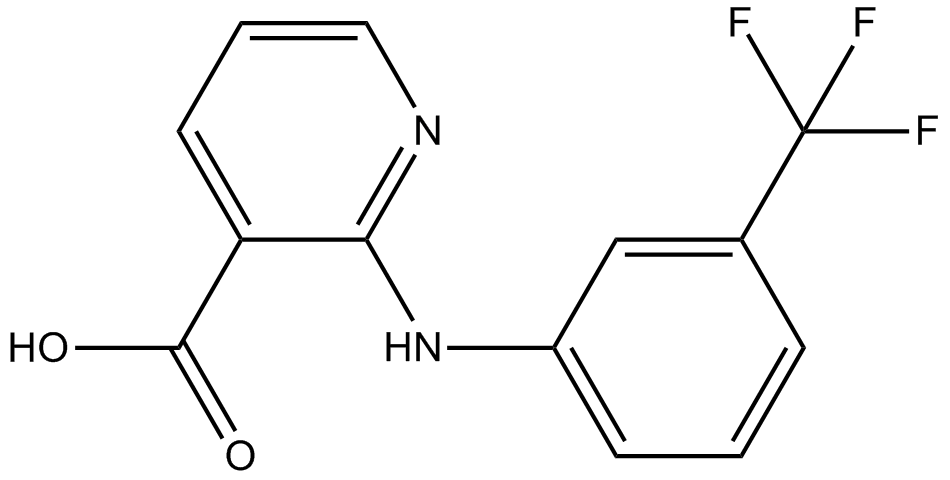
-
GC14268
NPPB
inhibitor of chloride channel
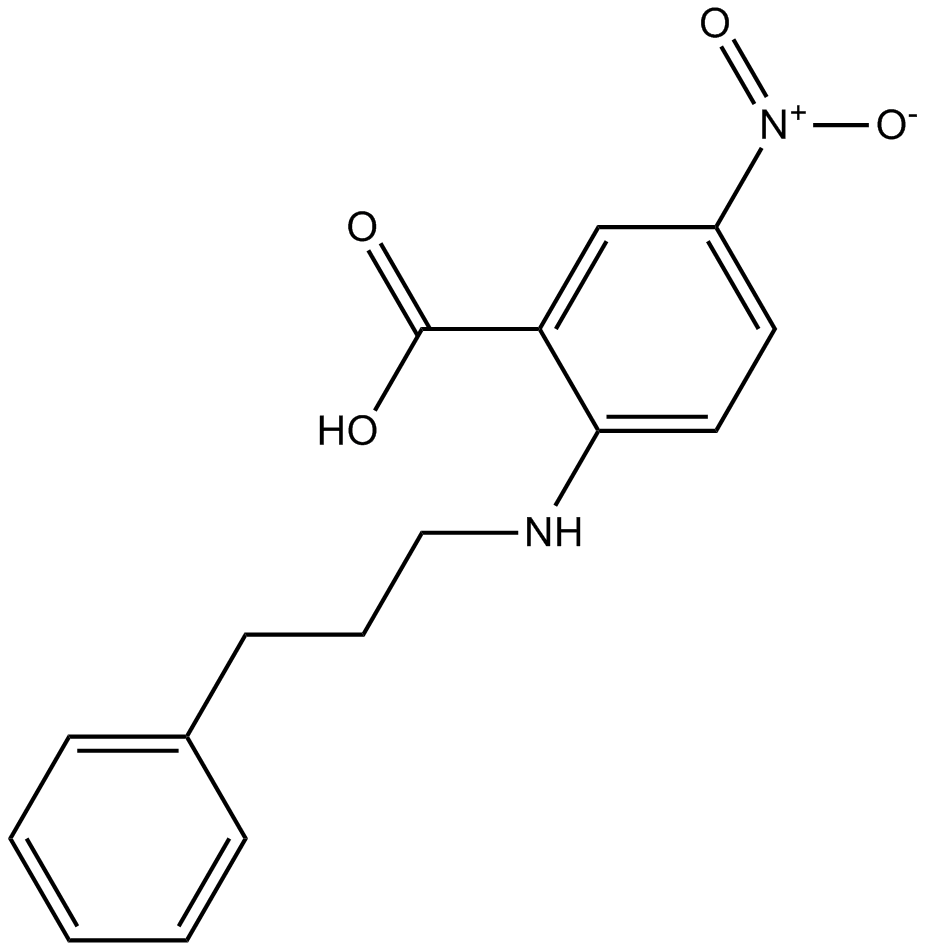
-
GC31133
NS1652
NS1652 is a reversible anion conductance inhibitor, blocks chloride channel, with an IC50 of 1.6 μM in human and mouse red blood cells.

-
GC61186
Picrotoxinin
Picrotoxinin, a potent convulsant, is a chloride channel blocker.
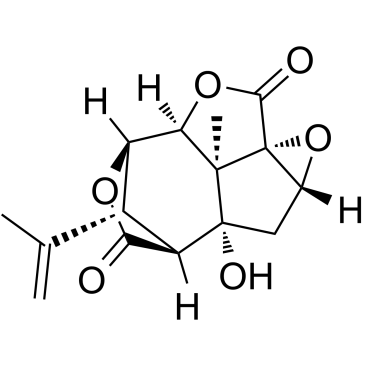
-
GN10216
Shikonin
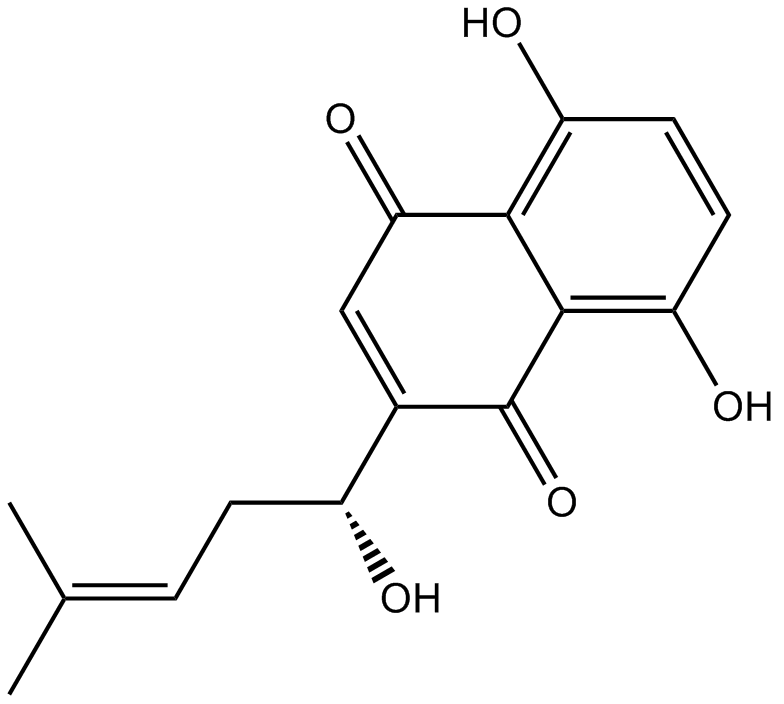
-
GC65406
T16A(inh)-C01
T16A(inh)-C01 is an inhibitor of TMEM16A (ANO1).

-
GC17930
T16Ainh - A01
Inhibit transient TMEM16A-mediated chloride currents
